Évora, Portugal is a 2000 year old Moorish town that is overflowing with Moorish courtyards, Gothic turrets, medieval squares and a maze of tiny streets. Here, you can also find the Capela dos Ossos, a Roman temple and the local cathedral. The drive out from the coast had interesting bridges over farming/marsh and beautiful groves of trees to drive through.
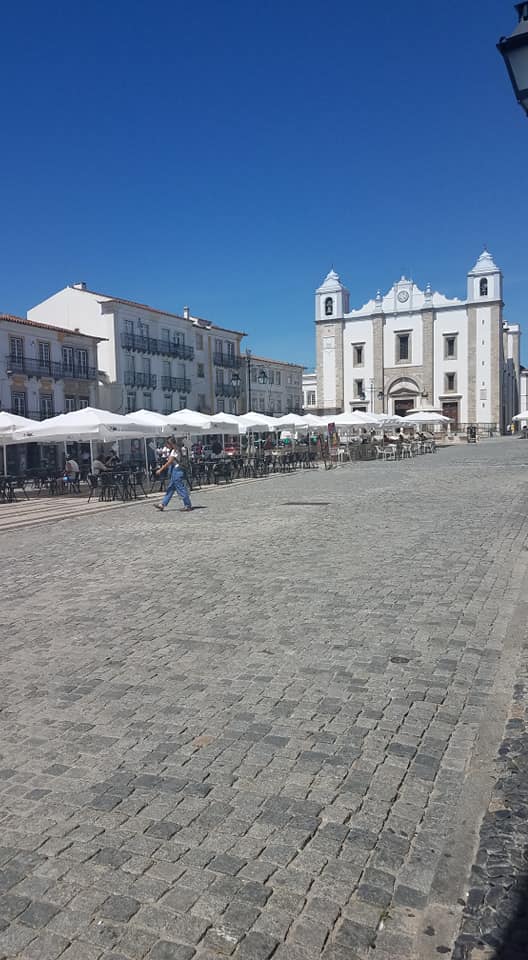
The Praça do Giraldo is the center of the city and all the streets in the old city will lead you there. Originally, it was not within the city walls, but by the 14th century it was incorporated. The Duke of Braganaza (think Guimarães) was beheaded here in 1484 by his BIL, the King, for allegedly conspiring against the King.
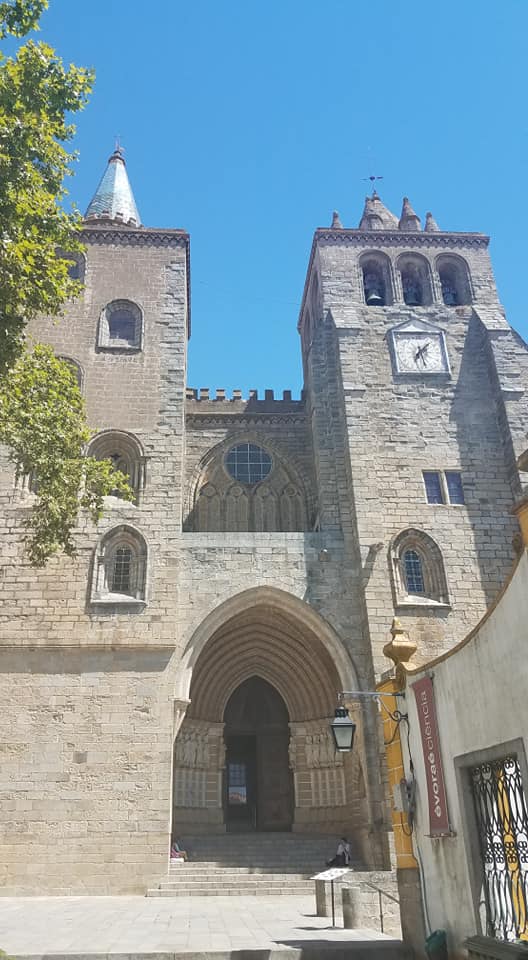
The Cathedral Sé de Évora is lying on the highest spot in the city. It opened in 1746 and used to be the religious seat of Portugal.
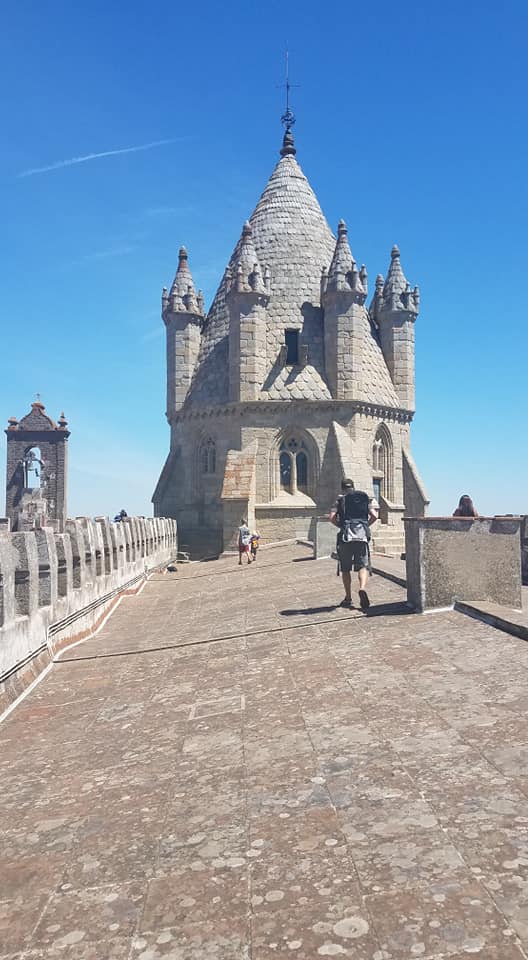
Here is the roof of the cathdral that has panoramic views of the area.
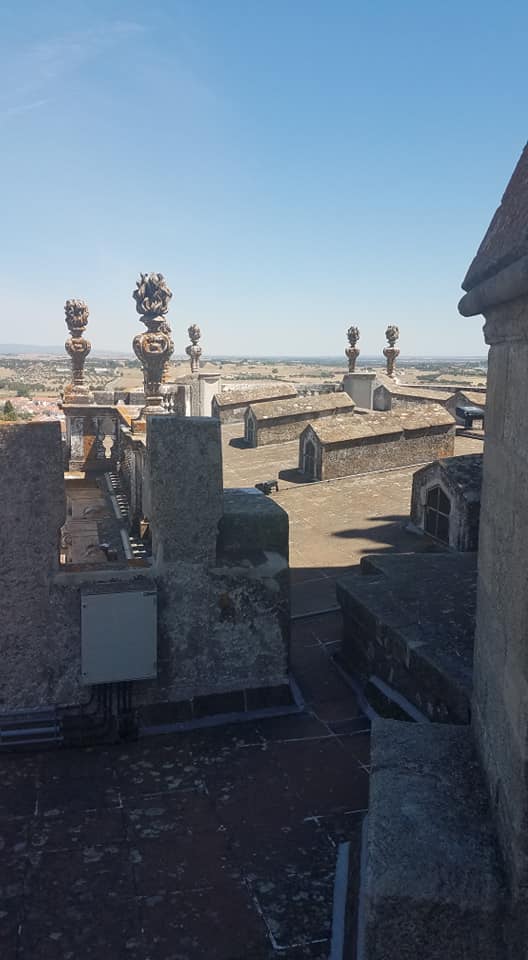
The old granaries behind the dome.
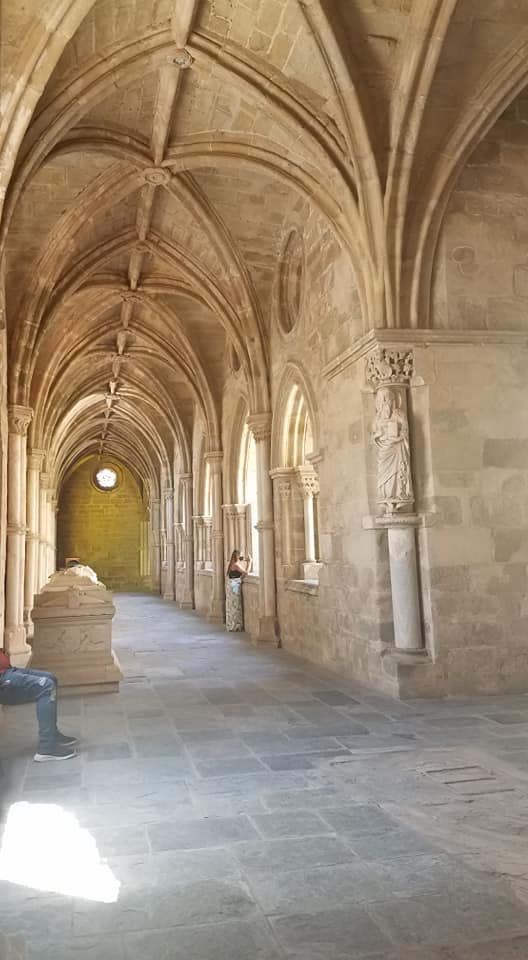
A view of the cloisters.
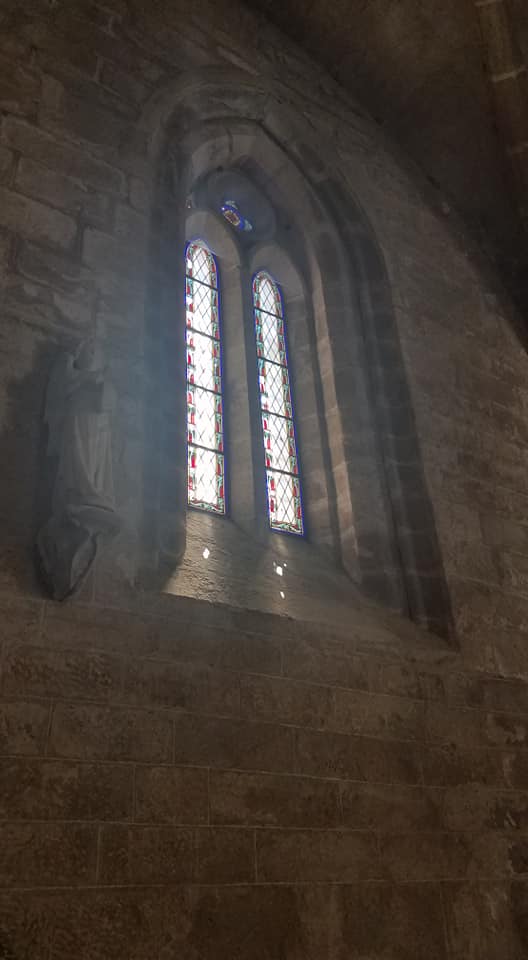
One of the stained glass windows in the cloisters.
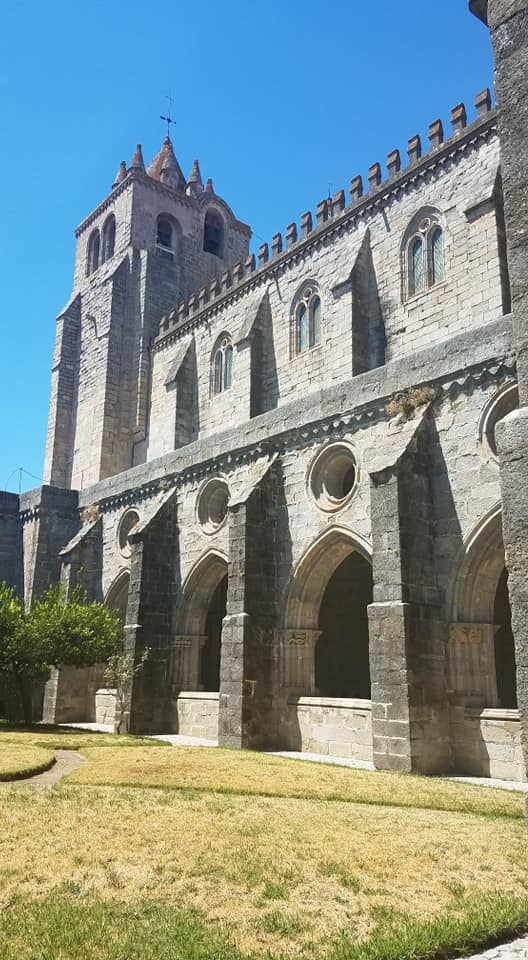
A view of the courtyard and the rear of one of the towers from the front of the church.
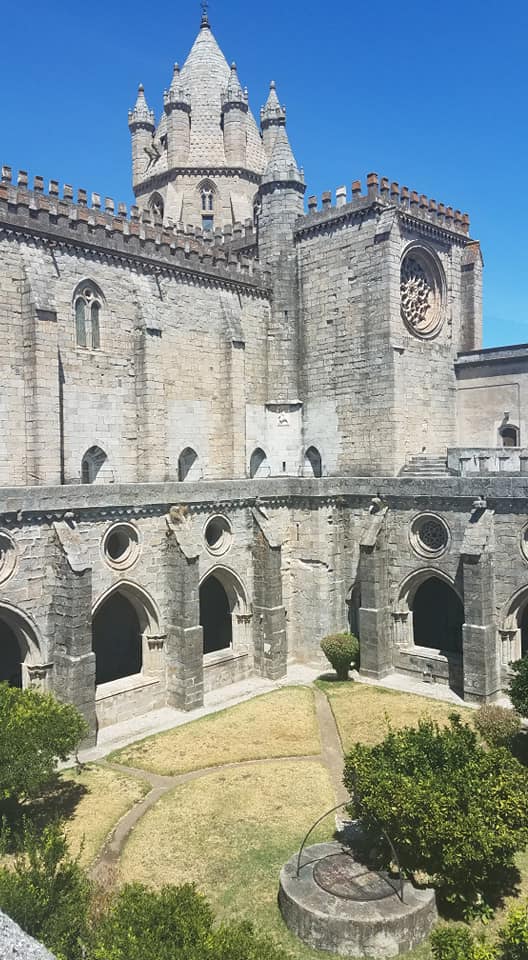
Here, we are standing above the cloisters with a view of the courtyard, the cloisters and the dome.
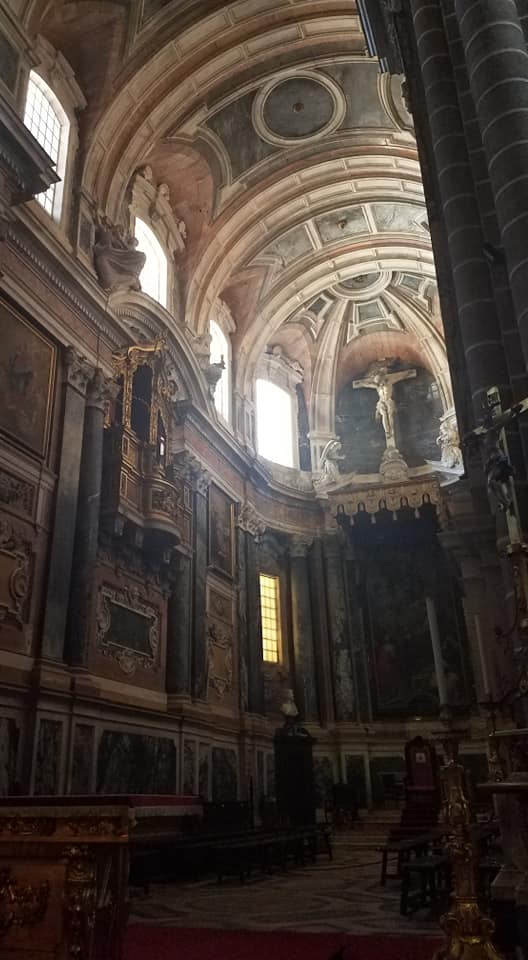
Inside the main chapel. I really like the pink with the dark marble. It was just very different color schemes from most roman catholic churches.
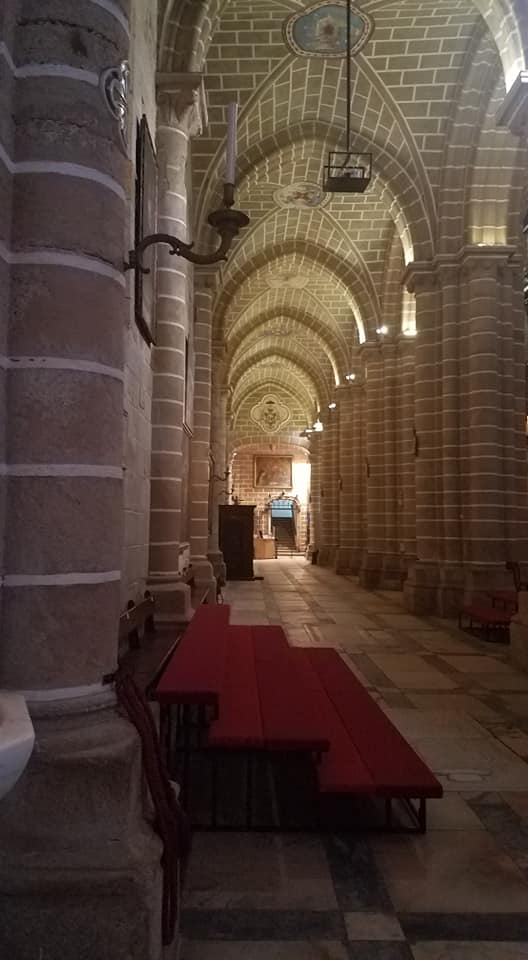
I liked the brown stone with the white contrast.
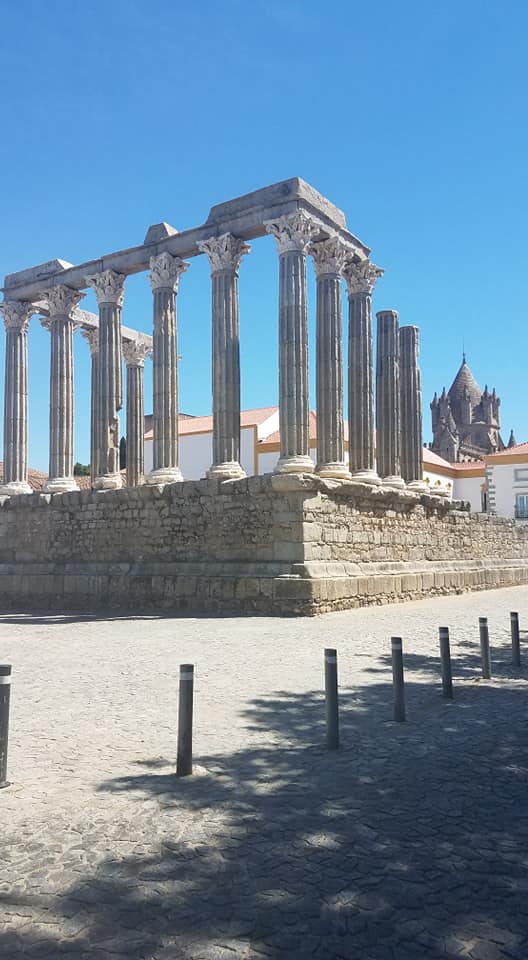
The Roman temple which was likely constructed during the 1st century is located next to the Jardin de Diana where we had drinks and ice cream to take a break. The boys played in the grass nearby
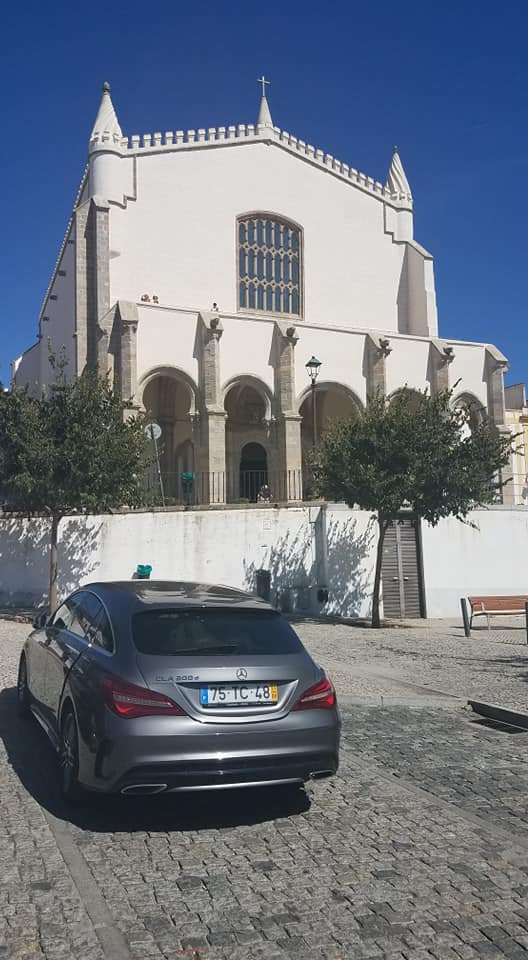
Here is the Igreja e Mosteiro de São Francisco which is likely well known because it houses the Capela dos Ossos. Originally built in 1376, but most of the existing church was rebuilt in the 16th century and restored since.
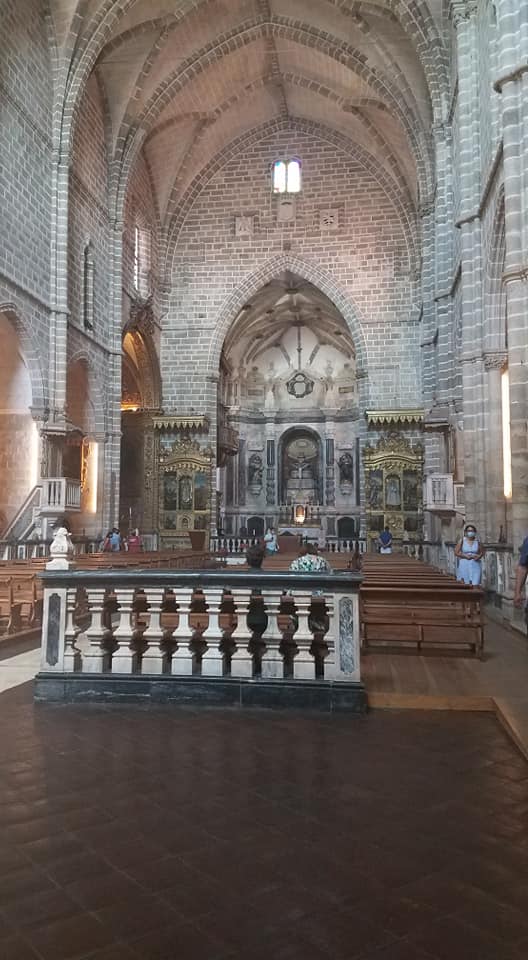
The interior of St. Francis.
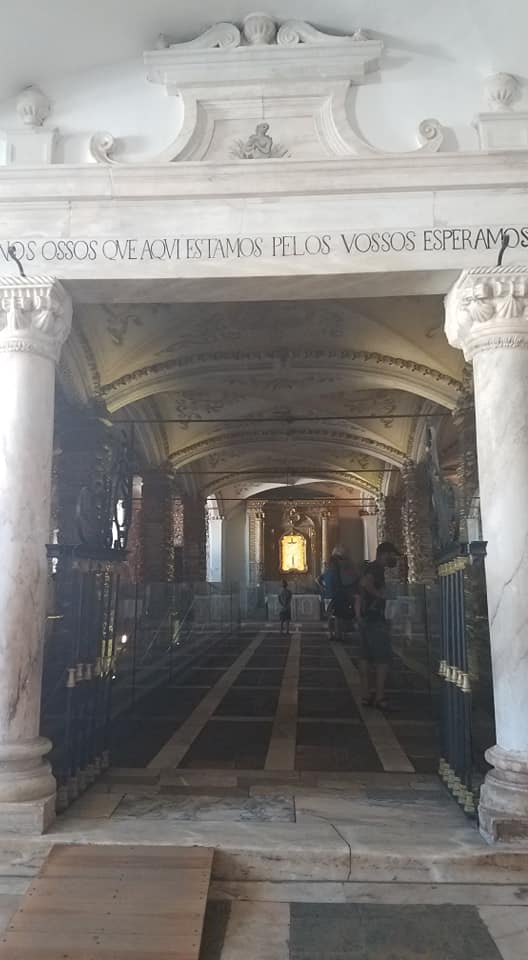
The entrance to the Chapel of Bones. “We the bones that are here, for yours we are waiting.”
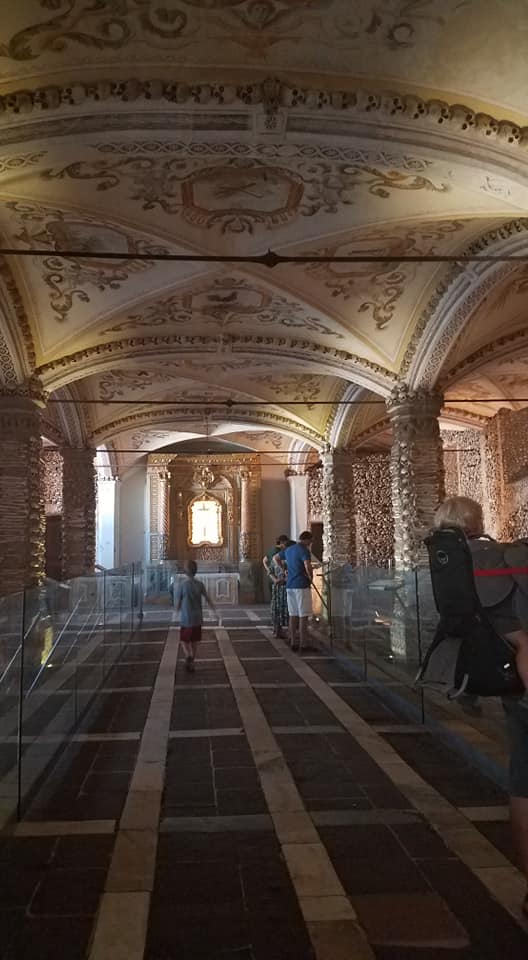
It was built in the first half of the 17th century and was dedicated to the cult of the Souls of Purgatory, then later the Senhor dos Passos.
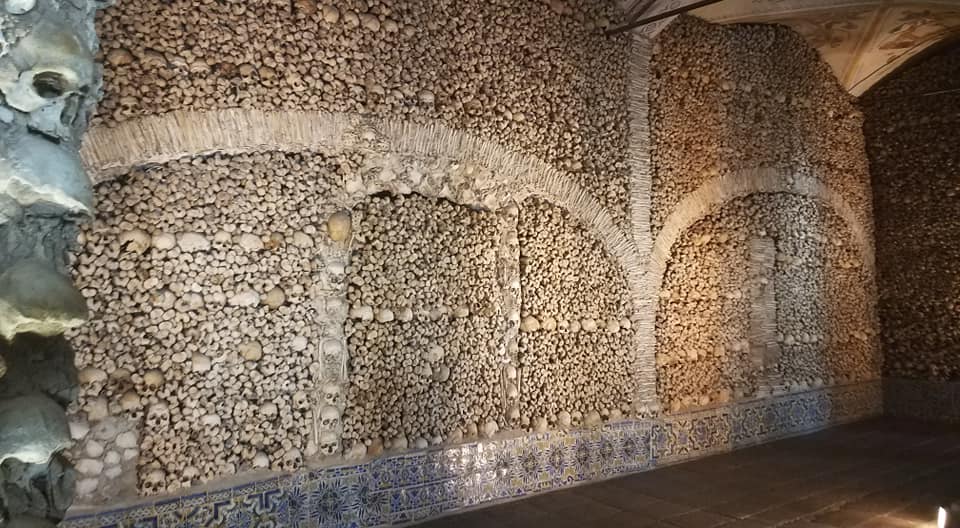
The bones of the cemetery, church, chapter and cloister connected to the convent were used.
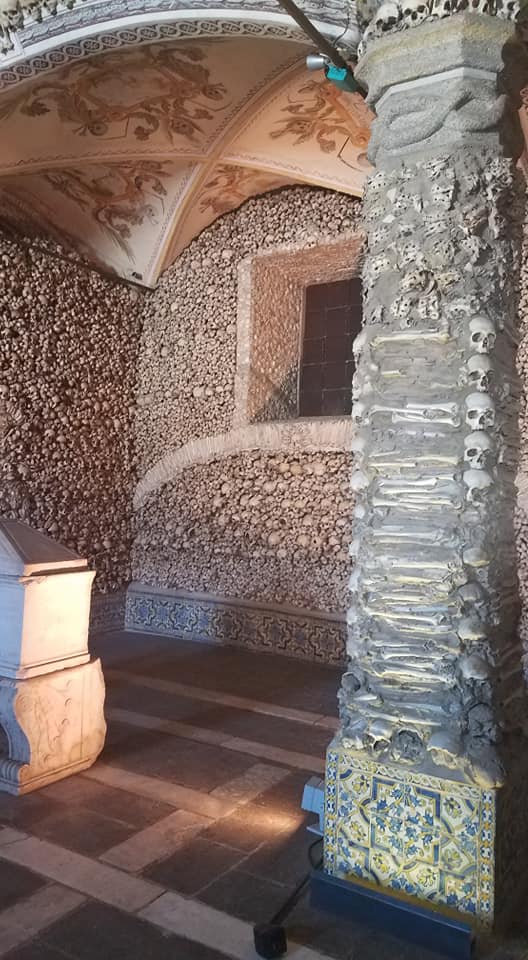
The goal was for it to be used for prayer and meditation on the temporariness and fragility of human life.
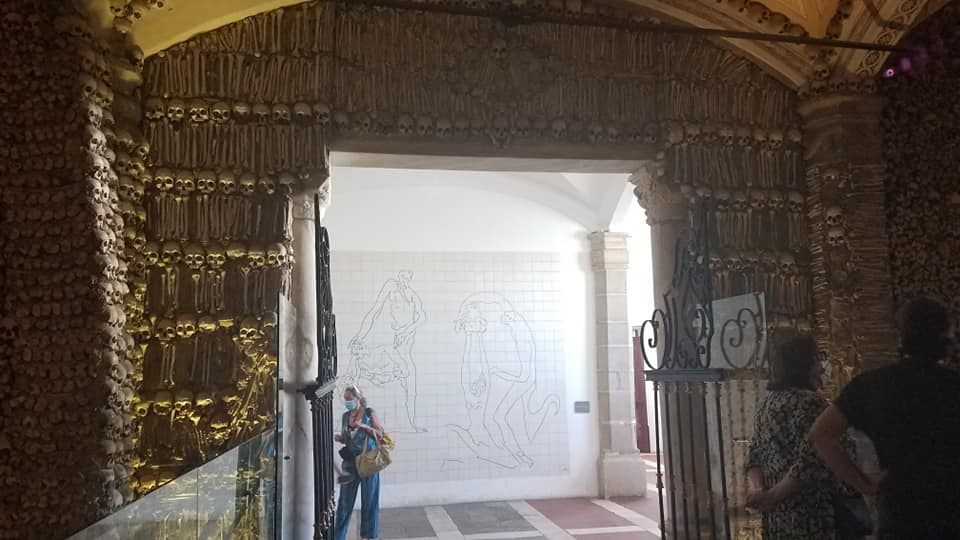
In total there are about 5000 human skulls, among numerous bones.
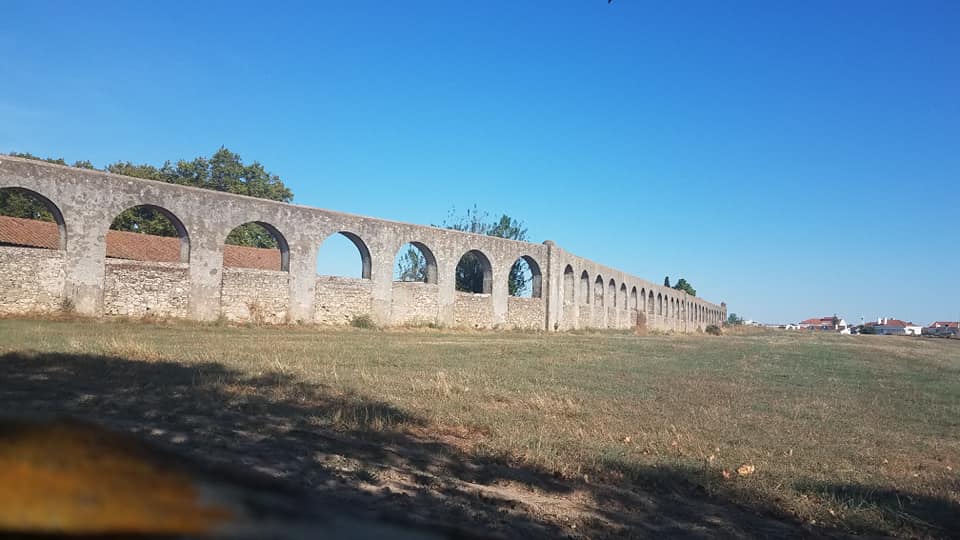
The old Roman aqueduct that still connects to the city wall.
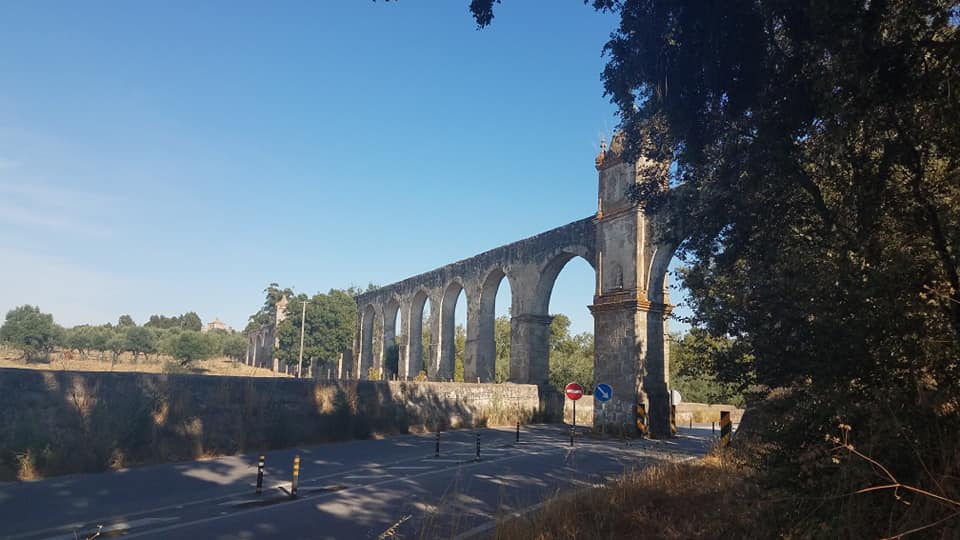
Here is the last visible bit just outside the town border.
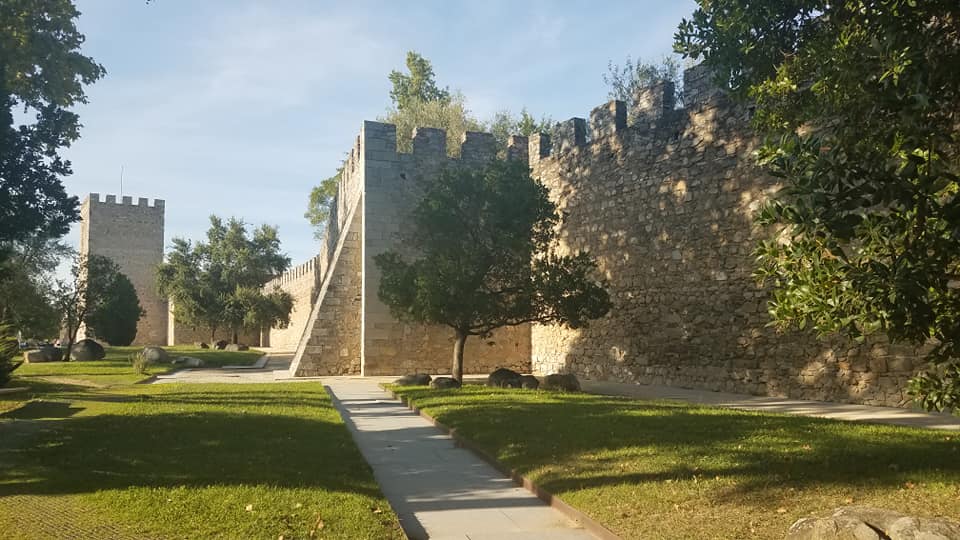
It was neat to see that a city wall exists here too, but you can’t walk on it as you can in Óbidos.
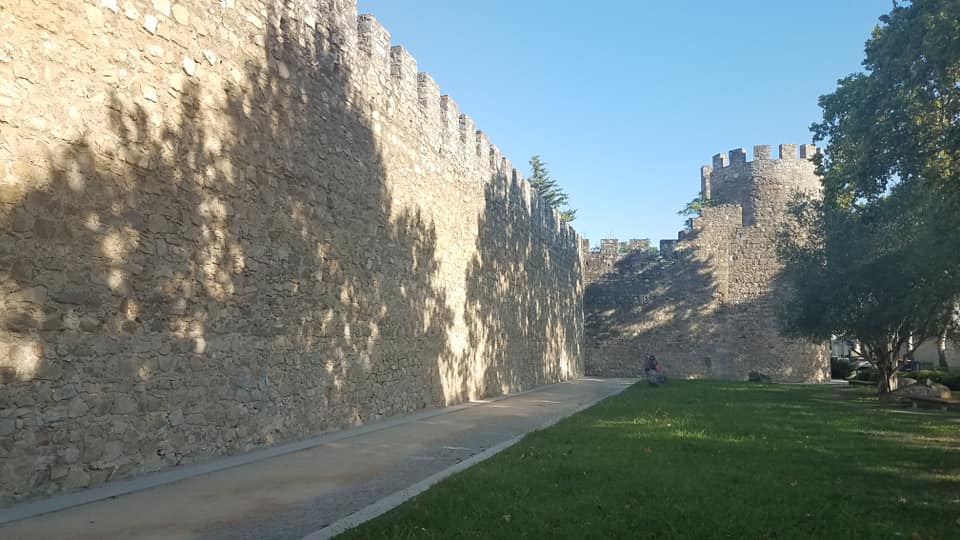
This is actually a very nice landscaped section along the wall to walk around as well as sit and enjoy.
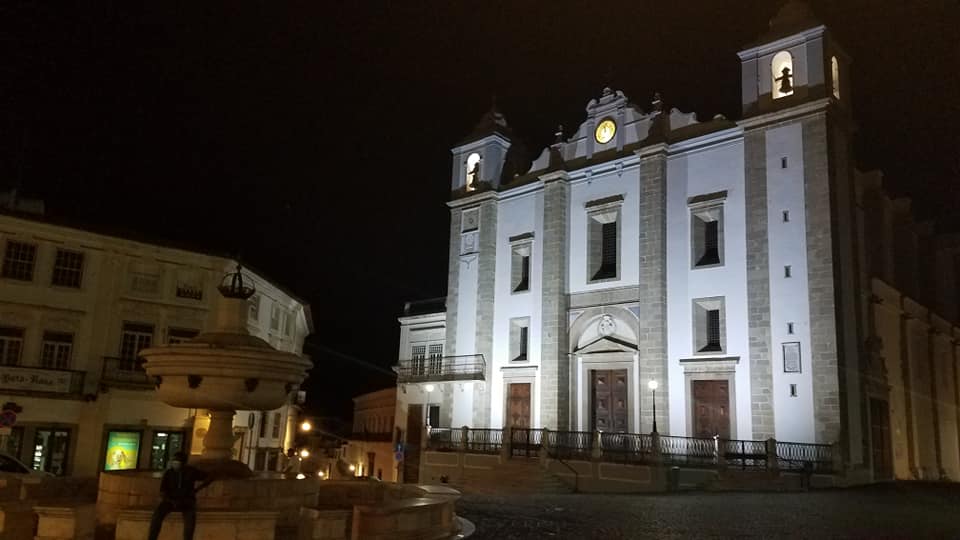
The Igreja de São Antão at night which sits in the Praça do Giraldo. This fountain is still connected to the aqueduct or once was.